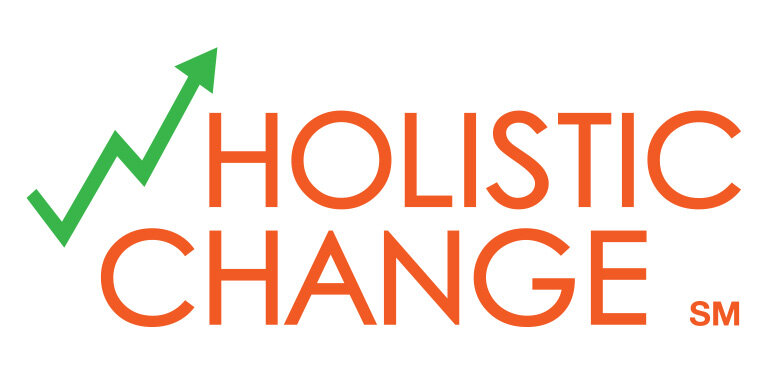Piloting your change is an approach we at wHolistic ChangeSM have found to be extremely useful in testing out the change as well as overcoming resistance to implementing the change (especially from the top). In particular, if the wC approach to change is viewed as being too onerous (or too full of components your organization considers to be "nice to haves", such as an extensive communication plan), conducting a successful pilot can give you the business metrics to gain strong sponsorship to roll out your change more broadly to your organization.Here are some criteria to consider when planning the pilot:
- Defining success: up front, make sure there is a clear definition of what a "successful pilot" will look like.
- What must be delivered to the customer, along with the customer specification of quality of the product to be delivered.
- Identify the project for the pilot: ideally, use a project that has not succeeded in the past, and for which you have metrics to be able to show the difference between the original approach and how you are proposing people behave differently.
- Scope - the defined work to be achieved should be comparable between the baseline project (old way of doing things) and the pilot change project.
- Budget - how much did each project cost?
- Time - how long does it take to deliver?
- Keep in mind that due to the learning curve, it may actually take longer for the pilot project to deliver.
- As the organization embraces the change, and becomes more proficient at behaving differently, you can expect that it will take less time to deliver the same results (and that the quality will continue to improve).
- Resources - how many people (and of what skill sets) did it take to deliver the scope of the project?
- Achievement of Market Commitment - how well did each project deliver to market?
- People: who will participate in the pilot?
- Ideally, the pilot participants should be the change agents you have identified across your organization. Having people who recognize the need to change and who are willing to try something new will also mean that the pilot participants will be willing to roll with challenges as they encounter issues.
- During the course of the project, these resources will be great sources of feedback to propose process and procedure, technology, services, and training and development needs as you think about rolling the change out more broadly.
- Status Reporting: who needs to know about the pilot and how frequently?
- Keep everyone apprised of the progress of the pilot(s), and make sure to celebrate the successes along the way.
-
Note: depending on the breadth of your change, you may want to choose up to 3 pilot projects, to demonstrate that your results are not a fluke, and instead that your change is something that will work on multiple types of initiatives.
- If you choose to conduct multiple pilots simultaneously, make sure your change team has the bandwidth to mentor all of the projects through the learning curve; otherwise, stage the timing of the projects to ensure you don't overload!

